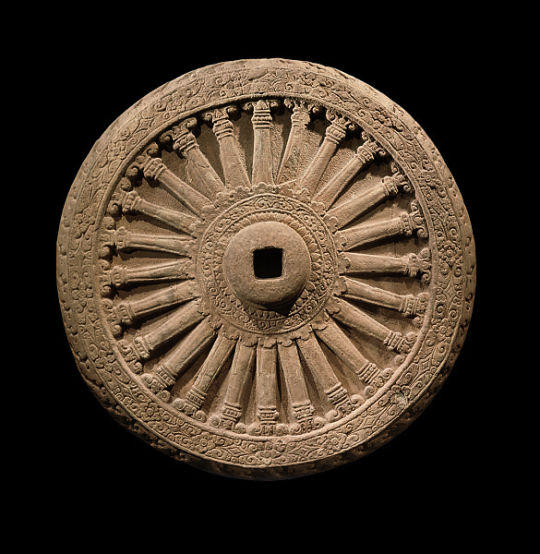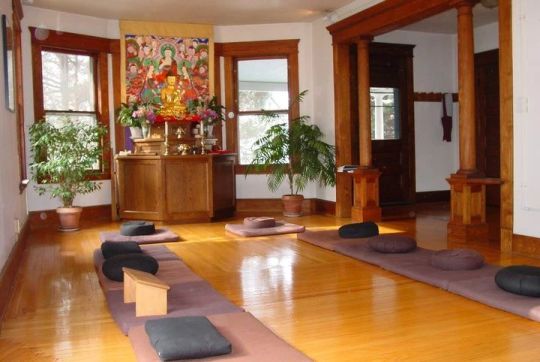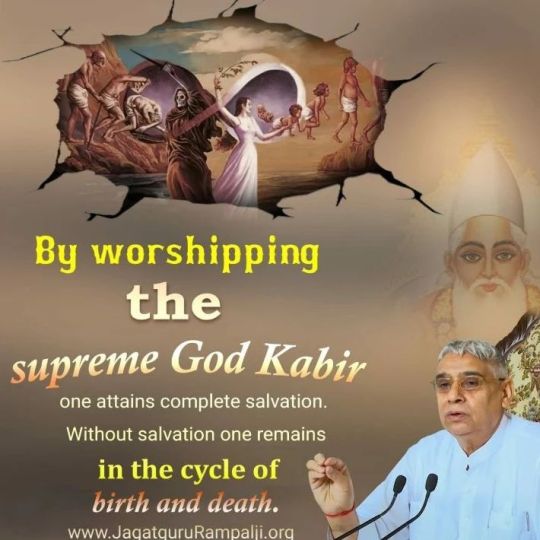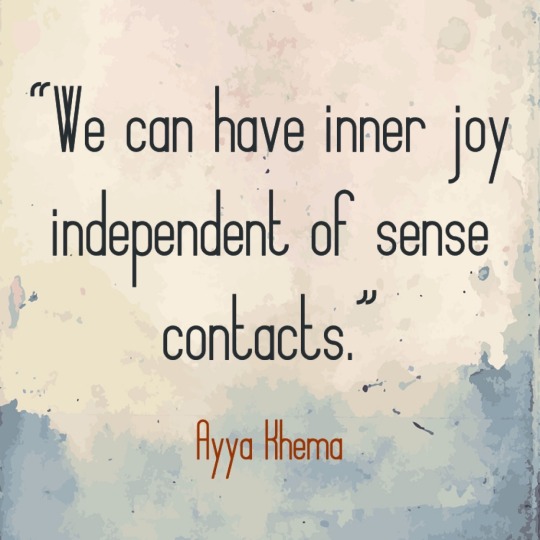#dhamma
Text
Few tales rival the extraordinary transformation of Ashoka the Great, a ruler who evolved from a ruthless conqueror to a benevolent emperor championing nonviolent principles.
The turning point occurred when he visited the bloody aftermath of his attack of Kalinga, and stands as a lesson modern leaders around the world might take as inspiration.
39 notes
·
View notes
Text

"If we taught every child to meditate we could achieve world peace within a generation."
~ HH Tenzin Gyatso, the XIV Dalai Lama
#buddha#buddhism#buddhist#dharma#sangha#mahayana#zen#milarepa#tibetan buddhism#thich nhat hanh#Padmasambhava#dalai láma#Dzogchen#dhamma#loving kindness#Longchenpa#buddha samantabhadra#Bodhisattva
44 notes
·
View notes
Text

Ajahn Mun - start where you are.
14 notes
·
View notes
Text
“Anyone who finds inner peace, happiness and fulfilment, contributes to the peace and happiness of the world.”
- Ayya Khema.
14 notes
·
View notes
Text
"Sandalwood, tagara,
lotus, & jasmine:
Among these scents,
the scent of virtue
is unsurpassed."
- Dhammapada 55, trans. Thanissaro Bhikkhu
#dhammapada#dhamma#buddhist#buddhism#theravada buddhism#theravada#religion#philosophy#meditation#mahayana
2 notes
·
View notes
Text
A lifetime of words on paper
Has kept me open to the words
That I can read in the empty sky
Words that I can hear
In the music of Putah Creek
To go slow
Breathe
To keep my heart open
The Dharma is all around
Everywhere
James Lee Jobe
#poem#poets on tumblr#poetry on tumblr#poetry#poems on tumblr#writers and poets#dharma#writers on tumblr#poetrycommunity#dhamma#dead poets society#poetscommunity
4 notes
·
View notes
Text

The Sakyamuni Buddha Siddhartha Gautama.
One glorious day, as he went out of the palace to the pleasure park to see the world outside, he came in direct contact with the stark realities of life through the Four Sights.1 p236 Within the narrow confines of the palace, he witnessed the glossy side of life, but the ugly side - the suffering of mankind - was deliberately concealed from him.
Prince Siddhartha's account of the Four Sights is as follows:2 p27, 3 p11, 4 p18, 5 c1
The First Sight: Old Age
He saw a white-haired, shrivelled man dressed in rags. He had never seen old people before. His charioteer, Channa, explained that he was an old man and that aging was inevitable.
The Second Sight: Sickness
On another trip, he saw a man lying on the ground, moaning in pain. He rushed over to the man's side and tried to relieve him of his pain. Channa explained that the man was sick and that the human body is susceptible to sickness.
The Third Sight: Death
The next sight was that of a funeral procession of a dead man. Channa then told him the final truth of life - that no one can escape death, and everyone shall die one day.
The Fourth Sight: Ascetic
Finally, he met with an ascetic who told him that he had abandoned world desires to attain peace of mind.
The Four Sights had a significant influence on Prince Siddhartha's view of life, which resulted in a spiritual awakening to abandon the pursuit of material luxuries and fleeting pleasures.
He decided to relinquish his wealth and royal privileges, become an ascetic himself and seek a solution to human suffering. Knowing his family would not agree with his decision, he arranged to leave the palace secretly that night.
(Buddha Tooth Relic Temple & Museum)
2 notes
·
View notes
Photo

The Quest for Buddhism (73)
The Turning of the Wheel of Dhamma (Skt. Dhammacakkappavattana Sutta)
The Dhammacakkappavattana Sutta, also known as the Turning of the Wheel of Dhamma, is a Buddhist scripture that Buddhists regard as a record of the first teachings given by the Buddha after he attained full enlightenment.
The subject matter of this sutra is the Four Noble Truths, which are the basic directions of Buddhism, stated in formal terms. The sutra also contains references to concepts in Buddhism such as the Middle Way, impermanence and karma.
[Background]
It is said that the Buddha, shortly after his attainment of Buddhahood, initially hesitated to preach his teachings, as it was extremely difficult to explain the Buddha Dharma and even if he taught them to sentient beings, they would not understand them and it would be a waste of time and effort.
Persuaded by Brahma, the protector of Buddhism, deciding to teach, the Buddha initially intended to visit his former teachers, Ajara Kalama and Uddaka Ramaputta, to teach them his insights, but they had already died and reborn in a place where it is not apt to preach or they were deaf, so he decided to visit his five former companions.
The Buddha then journeyed from Bodhgaya to Sarnath, there he met his five former companions, the ascetics with whom he had shared six years of hardship. His former companions were at first suspicious of the Buddha, but upon seeing the radiance of the Buddha, they requested him to teach what he had learned.
Thereupon the Buddha gave the teaching that was later recorded as the Dhammacakkappavattana Sutta, which introduces fundamental concepts of Buddhist thought, such as the Middle Way and the Four Noble Truths.
The sutra contains the following topics:
The two extremes to be avoided (sensual indulgence and self-mortification)
The Middle Way: The Noble Eightfold Path
The Four Noble Truths
The Twelve Insights of the Four Noble Truths
Proclamation of release from the cycle of rebirth (commonly referred to as nibbana)
The Opening of the Dhamma Eye (the attainment of right view)
Proclamation of the devas upon the setting of the Wheel of Dhamma in motion by the Buddha
Response of the Buddha to Aññā Kondañña's comprehension of his teachings

[Photo above: Dhamek Stupa is a massive stupa located at Sarnath, 13 km away from Varanasi in the state of Uttar Pradesh, India. It marked the spot where the Buddha gave the first sermon to his first five disciples, after attaining enlightenment, "revealing his Eightfold Path leading to nirvana".]
仏教の探求 (73)
ダンマの輪の回転 (転法輪経: てんぽうりんぎょう)
転法輪経 (てんぽうりんぎょう、梵: ダンマチャッカパヴァッタナ・スートラ)は、ダンマの輪の回転と呼ばれる仏典で、仏教徒は、正覚(しょうがく: 悟りのこと)を得たブッダが最初におこなった教えを記録したもので『サルナートの鹿野苑(ろくやおん)での説法』を記録したものと考えられている。
この経の主題は、仏教の基本的な方向性を示す四諦 (したい、梵: チャトゥル・アーリヤ・サティヤ)であり、それを形式的な表現で述べている。この経には、仏教における概念である、中道、無常、縁起などについても言及がある。
[経緯]
ブッダは成道して間もない頃、当初は仏法を説明するのは非常に難しく、衆生に教えても理解されず、時間と労力の無駄になるとして、教えを説くことを躊躇したと言われている。
仏法の守護神、梵天(ぼんてん、梵:ブラフマー)に説得され、教化を決意した釈尊は、まず、修行時代のかつての師匠であるアーラーラ・カーラーマとウッダカ・ラーマプッタを訪ねて見識を教えようとしたが、彼らはすでに亡くなり説法に適さない場所に生まれ変わり、あるいは耳が聞こえなくなっていたので、元仲間の5人を訪ねることにしたという。
その後、ブッダはボッダガヤからサルナートまで旅をし、そこで6年間の苦楽を共にした5人の元仲間、修行者たちに会った。かつての仲間たちは、最初は不審に思ったが、ブッダの輝きを見て、ブッダが学んだことを教えてほしいと頼んだ。
そこでブッダは、中道や四諦といった仏教思想の基本概念、後に『ダンマチャッカパヴァッタナ・スートラ』として記録される教えを彼らに伝授したのである。
この経典には、以下の内容が含まれている:
退けるべき二つの極端な道 (官能的な耽溺と自虐的な行為)
中道:八正道
四諦
十二行相
輪廻転生の解脱の宣言 (一般に涅槃と呼ばれるもの)
ダンマの眼の開放(正しい見解の獲得)
仏陀が法輪を回すことについての天部の宣言
アニャー・コンダンニャの問いへのブッダの応答
#turning of the wheel of dhamma#dhammacakkappavattana sutta#buddha#buddhism#first teaching#four noble truths#the middle way#dhamma#bodhgaya#sarnath#brahma#dhamek stupa#history#nature#art
99 notes
·
View notes
Text
“Health is the finest possession.
Contentment is the ultimate wealth.”
— Dhammapada; the Pali Cannon, the oldest surviving sayings of Shakyamuni Buddha
#buddhism#art#literature#spirituality#poetry#meditation#philosophy#zen#history#writing#enlightenment#books#painting#quotes#buddha#reading#eastern philosophy#inspiration#dhamma#dhammapada#pali canon
12 notes
·
View notes
Text
I woke up today and told myself that I don't have to be perfect anymore.
I will hurt others in this lifetime.
I will apologise when it eventually happens and try my best to find good solutions.
I will be distasteful to some and lovely to others but I vow to never be poisonous to myself. What is the point of hating yourself and expecting to bloom into something else?
25 years later I've decided to be the person who gives permission to others to hate her but grants myself admission to stand by my own side.
5 notes
·
View notes
Photo

Join us each week for our Recovery Dharma meeting. Recovery Dharma of New Haven meets weekly at the New Haven Zen Center. ▪Monday evenings 7:30-9 PM (doors open at 7:15) New Haven Zen Center, 193 Mansfield St, New Haven, CT 06511 Enter at the back door. Remove shoes. Please do not congregate near the center. The Zen Center is a non smoking facility. Please do not smoke or vape on the property or in front of the center. #RecoveryIsPossible #RecoveryDharma #TakeRefuge #Buddha #Dharma #Dhamma #Sangha #Recover #Recovery #Satipațțhāna (at New Haven Zen Center) https://www.instagram.com/p/CqF4RDpu3Ud/?igshid=NGJjMDIxMWI=
#recoveryispossible#recoverydharma#takerefuge#buddha#dharma#dhamma#sangha#recover#recovery#satipațțhāna
9 notes
·
View notes
Text

NIGUMA
You don't have to do anything with your mind, just let it naturally rest in its essential nature.
Your own mind, unagitated, is reality.
Meditate on this without distraction.
Know the Truth beyond all opposites.
Thoughts are like bubbles that form and dissolve in clear water. Thoughts are not distinct from the absolute Reality, so relax; there is no need to be critical.
Whatever arises, whatever occurs, simply don't cling to it, but immediately let it go.
What you see, hear, and touch is your own mind. There is nothing but mind. Mind transcends birth and death.
The essence of mind is pure Consciousness that never leaves reality, even though it experiences the things of the senses.
In the equanimity of the Absolute, there is nothing to renounce or attain."
#buddha#buddhism#buddhist#dharma#sangha#mahayana#zen#milarepa#tibetan buddhism#thich nhat hanh#padmasambhava#inner peace#Longchenpa#Guru Rinpoche#four noble truths#tantric#green tara#dalai láma#dhamma#buddha samantabhadra
34 notes
·
View notes
Text

I am the owner of my actions,
heir to my actions,
born of my actions,
related through my actions,
and have my actions as my arbitrator.
Whatever I do, for good or for evil, to that will I fall heir.
- The Buddha AN 5.57
#upajjhatthana sutta#subjects for contemplation#pali canon#buddhist texts#sutta#buddhist scriptures#buddha#kamma#karma#action#theravada buddhism#buddhism#dhamma
40 notes
·
View notes
Text

By Waylon Wraith
#line drawing#buddha#buddhism#buddhist#buddhist art#waylon wraith#contemporary art#symmetry#tathagata#dhamma
7 notes
·
View notes
Photo

#RealKnowledgeOfBuddhism महात्मा बुद्ध को परमात्मा प्राप्ति की प्रबल कसक थी। तभी वो सब कुछ त्यागकर घर से निकल गए। लेकिन पूर्ण गुरु नहीं मिला जिसके कारण शास्त्र विरुद्ध साधना करके जीवन व्यर्थ कर लिया। #buddha #buddhapurnima #buddhaquotes #buddhabowl #buddhism #buddhisttemple #zen #dhamma #vesak #Satlok #TatvdarshiSant #SupremeGod https://www.instagram.com/p/Cdptv1poANZ/?igshid=NGJjMDIxMWI=
#realknowledgeofbuddhism#buddha#buddhapurnima#buddhaquotes#buddhabowl#buddhism#buddhisttemple#zen#dhamma#vesak#satlok#tatvdarshisant#supremegod
14 notes
·
View notes
